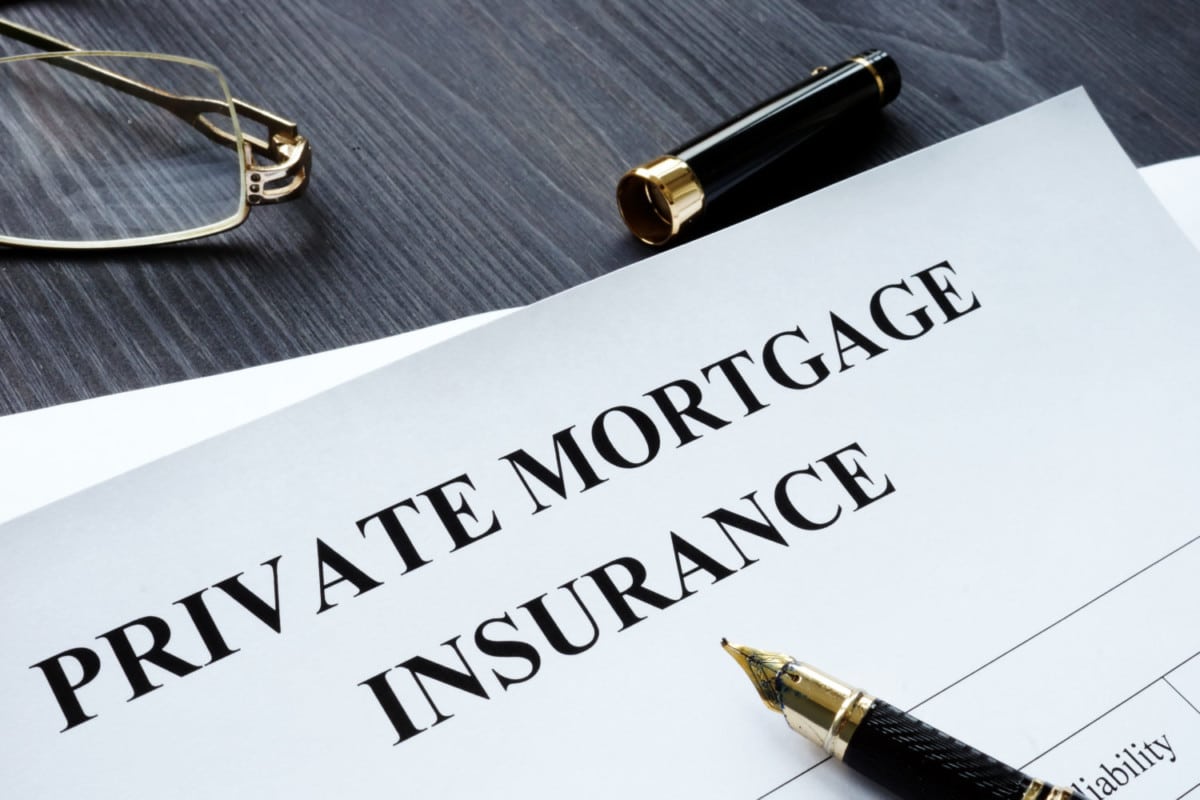Anyone looking to buy a home faces a major obstacle, coming up with that hefty down payment. The standard advice is to have a least 20% of the purchase price saved up, and for good reason. Sure, there are mortgage options that allow you to make a down payment of less than 20%. But that will mean having to take out PMI, private mortgage insurance. As you’ll soon see, this is something you’d be better to avoid. But if that’s not possible then it will at least help to understand what’s in store for you.
What is Private Mortgage Insurance – PMI?
Whenever a borrower makes a down payment of less than 20% the lender requires them to take out PMI. This will be a monthly charge added onto your principal and interest each month. This will help to pay a portion of the balance due to your lender should you default on the loan. It’s done to mitigate the risk the lender is taking by accepting a lower amount of upfront money for the purchase. This is slightly different from mortgage insurance for federally backed loans like FHA and USDA loans. VA loans don’t come with mortgage insurance, but they do come with a funding fee.
On the one hand, PMI allows borrowers to receive financing despite not having the standard 20% down payment needed for a home purchase. On the other, it’ll mean having to make higher monthly payments until you’ve built enough equity in the home.
How Much Does PMI Cost?
The cost of PMI depends on the borrower’s financial background. But it usually falls somewhere between 0.5% and 1% of the original loan amount. However, in certain cases, it can be as high as 2.25% of the loan. The exact cost of PMI will depend on your credit score, the size of your loan, and the size of your down payment. The borrower has the option of paying this each month (known as a premium) on top of their regular mortgage payments or paying it all in one lump sum. As you might have guessed, you can reduce the cost of PMI by raising your credit score or making a larger down payment.
When Can You Stop Paying PMI?
All PMI comes to an end once you reach 20% home equity, or, looked at another way, once your principal is less than 80% of the original loan. PMI will usually be automatically dropped. However, depending on your circumstances there may be additional requirements such as a history of timely payments and the lack of a second mortgage.
How to Avoid PMI
Nobody wants to pay mortgage insurance. But without the option of it, many people would have to wait much longer before becoming homeowners. If at all possible, you should try to put down at least 20% on a home and thus avoid paying PMI. Saving enough for a down payment really comes down to having good financial habits. Set up a home savings account and deposit a percentage of your salary into it each month. Budget your spending carefully and make cuts where you can. Take up a side gig to make extra money in your free time. With enough time and patience, you can reach your home purchase goals.
But if that’s still not enough, then you can at least try to reduce the expected costs of PMI. Work on getting your credit score as high as possible. A score beyond 750 is considered good while anything over 800 is terrific. You can raise your score by paying all your bills on time, building a detailed credit history, getting rid of any outstanding debts, and keeping your credit balance low. This can take some time if you currently have a low score so work at it in conjunction with saving for a down payment.

